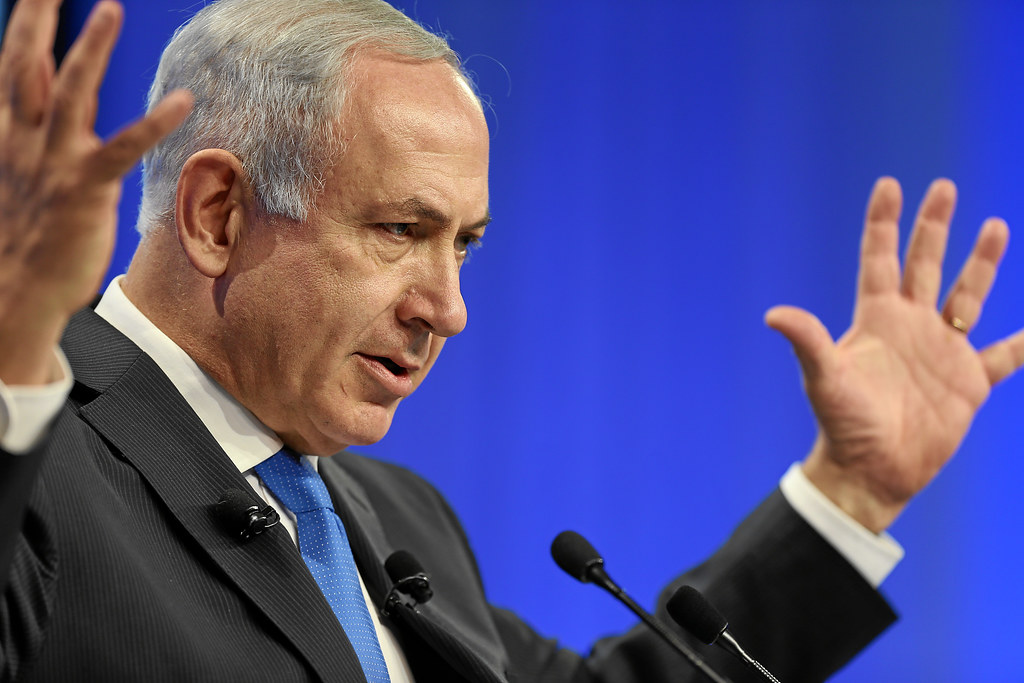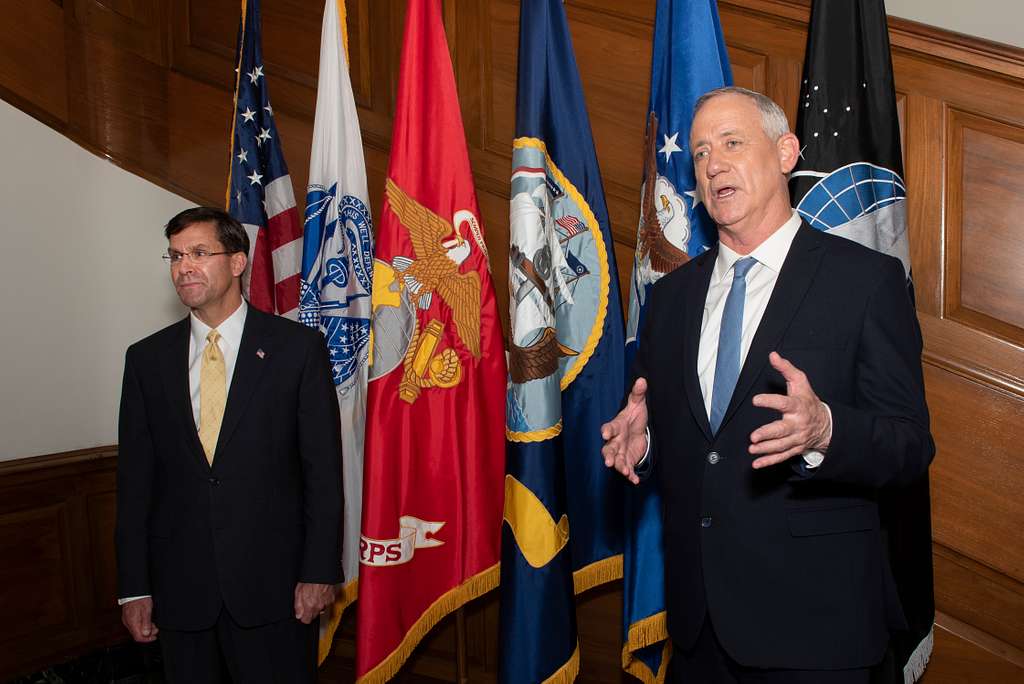Under normal circumstances, Americans might be mildly interested in the possibility—maybe as soon as next week—of nuclear war. That’s where we are: India and Pakistan, nations with approximately 342 nuclear warheads between them, are engaged in their most serious combat in years. Judging from the press attention and public discussion in the U.S., few Americans seem to care. There is a good reason for sang froid (the situation in South Asia is not as volatile as it might appear) and a bad one (#LOLnothingmatters). Neither is a basis for resting easy.
The current conflict, like all prior conflicts between the neighbors this century, began with a terrorist attack on Indian targets. On April 22, five gunmen massacred 26 tourists near Pahalgam, a town in disputed Kashmir; according to survivors, they separated Hindus for execution. India blamed Pakistan: For more than three decades, most of the terrorism it has suffered has had a return address on the other side of the Line of Control; Pakistan denied responsibility, as is its practice.
A thorough background of the Kashmir conflict would fill many volumes, but here’s a much-too-abbreviated version: When India and Pakistan won independence in 1947, the disposition of the Muslim-majority kingdom of Jammu & Kashmir sitting between them sparked the new nations’ first war; about two-thirds of the territory has since been administered by India, most of the rest by Pakistan. In the late ‘80s and early ‘90s, India’s misgovernance in its portion sparked an indigenous insurgency led and fought by Kashmiris. From the mid-1990s onward, however, the Kashmir conflict has essentially been a proxy war, with Pakistan-based fighters edging out indigenous groups. The two most important are Lashkar-e Taiba and Jaish-e Mohammed, which India struck this week.
The best reason not to start stocking one’s nuclear bunker: India limited its strike to terrorist strongholds, rather than (as many in New Delhi had wished) the Pakistani military. This restraint was not predetermined, and a two-week gap between the Pahalgam attack and India’s response may have been due to Indian leadership’s deliberation over precisely this question. If the military had been hit, the conflict would likely have spiraled up rather than down.
To be clear: India’s attack represents its most robust cross-border action since 1971. (The two nations engaged in months-long combat at Kargil in 1999, which was conducted entirely on territory long held by India.) The decision to strike targets in the Pakistani province of Punjab was highly significant: Two prior Indian retaliations for terrorist attacks, in 2016 and 2019, were confined to Pakistan-administered Kashmir and Khyber Pakhtunkhwa (a border territory only recently integrated to “Pakistan proper.”) Punjab, by contrast, is the very heartland of the Pakistan—and the terrorist sites struck were not far from Lahore, its cultural capital.
These two prior retaliations provide another reason for optimism: We’ve been through this. In 2016, when Indian Prime Minister Narendra Modi ordered a “surgical strike” against Jaish-e Muhammad camps after an assault on an Indian air base, nobody knew whether escalation was preventable. Fortunately, it was. In 2019, after the same group took responsibility for a bombing that killed 40 Indian troops, Modi again launched an airstrike; this one was also contained. The pattern of the current exchange strongly resembles that of these two earlier incidents: a terrorist attack, limited airstrike, artillery duels, leading (if we’re lucky) to a de-escalation rather than nuclear apocalypse.
That’s the good reason for not freaking out. The bad reason is that there’s so much to freak out about. Why aren’t Americans panicking over two nuclear-armed nations shooting at each other? In part because we have better reasons to panic.
In normal circumstances, crisis management of a potential nuclear spiral might be the job of the U.S. Secretary of State. But for Marco Rubio, the job of Secretary of State is only a part-time position: He concurrently serves as Administrator for USAID (the agency entrusted with almost all non-military foreign assistance, and which may or may not still exist), as well as Archivist of the United States (a post in which he must decide which official records to shred, and which to preserve for possible future trials of Administration officials).
In a normal White House, the National Security Advisor would arrange a whole-of-government approach to give the president economic, diplomatic, and military tools to bring India and Pakistan to the negotiating table. In the current White House, this post is held by…Marco Rubio. His day job at the State Department requires him to conduct intense shuttle diplomacy between New Delhi and Islamabad, while his side-hustle requires him to be in the West Wing at the president’s side 24/7. It’s unclear whether he’s doing either of these jobs, but he is certainly not doing both. (The National Security Act of 1947, which created the position of National Security Advisor, was intended to have a top presidential foreign policy counsel unencumbered by a large bureaucracy.)
What about other national security officials? The Secretary of Defense, Director of National Intelligence, and the Director of the CIA have less experience than any prior occupants of their office. All were party to the Signalgate scandal. Do any have the credibility to negotiate with Modi, his Pakistani counterpart, Shehbaz Sharif, or Pakistan’s Chief of Army Staff General Asim Munir (the real seat of power in his nation)?
One might think: What really matters isn’t the underlings, it’s the person at the top. Much has been said about President Donald Trump’s chumminess with Modi, a fellow inheritor of democratic norms, which he has spent much of his tenure dismantling. But a shared fondness for power is no basis for trust. Modi hasn’t forgotten that in Trump’s first term, he liked to mock the Indian leader’s accent behind his back, and falsely claimed (while sitting next to Pakistan’s leader, no less) that Modi had invited him to mediate the Kashmir conflict. When he was informed of India’s strike this week, Trump condemned it as a “shame” (would the U.S. have suffered a similar terrorist attack without response?), and mused that the two nations had been fighting for “centuries.” (Eighty years ago, India did not exist in its modern political form, and Pakistan did not exist.)
Why does trust matter? It is one of the only tools enabling the U.S. to play a helpful role in preventing nuclear escalation. American rhetoric, inducements, or threats will sway neither India nor Pakistan. If either nation believes the other is about to launch its nukes, no argument will prompt it not to mobilize its arsenal. What might shift the balance, however, is convincing evidence that the other side is not preparing to launch. And that’s where the U.S. comes in: Only American satellites—and trust in the officials sharing their data—can provide that evidence.
Neither India nor Pakistan can unleash nuclear weapons at a moment’s notice: Whether the delivery system is a ballistic missile or a Mirage fighter jet (India may also have a submarine-launch capability, but it is regarded as being far from operational), preparation takes between hours and days. If Pakistan were observed mating warheads to missiles, or India were seen putting Agni-IIs on rail transport, the other side would immediately mobilize its strike assets. India has a modest independent satellite capability, and Pakistan is likely receiving satellite data from China, but neither of these comes close to the comprehensive real-time imagery available to the U.S. An American president could do a great deal to prevent a conflict from unintentionally spiraling into a nuclear exchange—if he and his team were actively engaged and had the credibility to earn the trust of the warring parties. If they seem cavalier about classified material and more interested in declaring a tariff war on the world, that hardly builds confidence in Delhi or Islamabad.
Should Americans worry about the prospect of nuclear war next week? Probably not. But every shooting conflict between nuclear-armed nations risks apocalypse, whether through miscommunication, misjudgment, or just because war often refuses to submit to the sane, sober logic of peacetime.
Are we right not to worry about India and Pakistan because we’ve got so, so, SO much else to worry about more? Are the American strengths that could decrease the likelihood of nuclear escalation evaporating? Is it because we’ve grown accustomed to a president who can’t manage a crisis, is surrounded by sycophants, and cannot fill the shoes that used to be ours?
Maybe. But I hope this new normal doesn’t last forever.

















